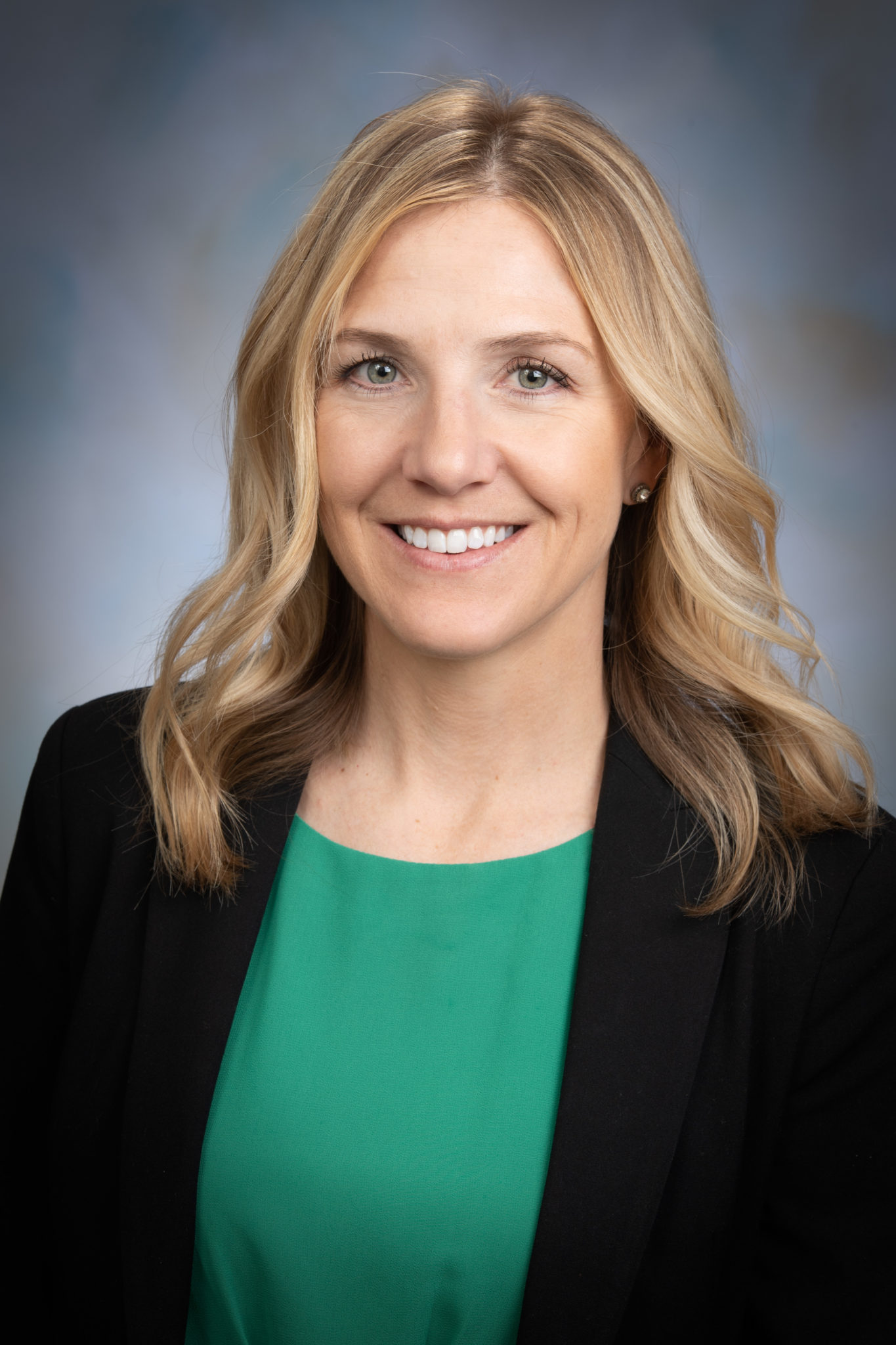Story by Greg Glasgow of the CU Cancer Center
All cells use the process of metabolism to turn nutrients into energy — including cancer cells. Metabolism is a fundamental function whose role in cancer is being explored by researchers across the CU Cancer Center, including Colorado State University’s Heather Leach.
“We are interested in exploring how different facets of exercise might impact diabetes risk for women who are being treated with endocrine therapies for their breast cancer,” said Leach, who along with Rebecca Scalzo is conducting a study on the effects of cardiorespiratory fitness, physical activity and sedentary behavior on insulin resistance in breast cancer survivors.
“Women who have a hormone-positive tumor typically receive therapy which lowers their estrogen levels, and that has implications for increased disease risk, particularly diabetes,” Leach says. “We’re looking at how fitness, as well as activity patterns, are associated with insulin resistance and glucose tolerance.”

Leach, associate professor of health and exercise science at Colorado State University and director of the Physical Activity for Treatment and Prevention Lab, hopes the study yields more information about the importance of exercise and activity patterns in preventing and recovering from cancer.
Variety in research
“We define metabolism pretty broadly,” says CU Cancer Center member Paul MacLean, who helps oversee metabolism-related research. “It ranges from cell metabolism and targeting molecules in cancer cells to what you eat at the dinner table and how that changes your body. We go from molecules all the way up to nutrition and exercise, and that really allowed a lot of different programs in the Cancer Center to come together.”
Along with the aging process, metabolism is a crosscutting theme for researchers at the CU Cancer Center. Besides Leach’s work, the center funded three other different research projects on the theme, including one on regulating mitochondrial metabolism to improve CAR T-cell immunotherapy.
“From my perspective, it’s really about the impact on prevention and control,” Leach says. “We know that one of the leading risk factors — not only for developing cancer, but cancer-related mortality — is obesity. The other side of that coin is diet and exercise. Those have a lot of implications for metabolism, from trying to figure out how can we get people to engage in these behaviors that we know are going to help them, and why they are so important.”
Strengths in technology and collaboration
Among the reasons for choosing metabolism as a crosscutting theme for the CU Cancer Center was the strengths the Anschutz Medical Campus already has in the area — within and outside of the center.
“We have a lot of strengths in metabolism not directly related to cancer currently, but where we want to leverage those strengths,” says James DeGregori, deputy director of the CU Cancer Center. “One of them is the Nutrition Obesity Research Center, where they have done some studies linking obesity to cancer rates. We also have the CU Anschutz Health and Wellness Center, where there are studies ongoing to understand how exercise can impact not just cancer survival, but the well-being of cancer patients undergoing treatments.”
MacLean, director of the Nutrition Obesity Research Center, says part of his research program over the past 15 years has been dedicated to building a bridge between his center and the CU Cancer Center and identifying researchers interested in the intersections among cancer, nutrition, and obesity.
“Under that umbrella are diabetes and metabolic disease, and asking questions about why are obesity and metabolic accelerating diseases in so many different cancer types?” MacLean says. “How can nutrition — dietary interventions like weight loss or intermittent fasting — be used to counteract or eliminate this obesity-associated risk?”
The crosscutting theme also spans multiple campuses, including Colorado State University and the University of Colorado Boulder. It is additionally supported by improvements in technology, including the mass spectrometry and animal imaging shared resources.
Working across disciplines
“Our major goal is to stimulate cross-disciplinary research,” DeGregori says. “We want to find those people who are doing the fundamental work and connect them with the people doing exercise studies. Even a study that’s not a molecular study, like an exercise study, still has a basis in cells and tissues, and metabolic pathways.
“We want to get these people from different disciplines talking to each other and collaborating, and at some point even forming projects where they get funding to work as a collaborative group.”
The Department of Health and Exercise Science is part of CSU’s College of Health and Human Sciences.